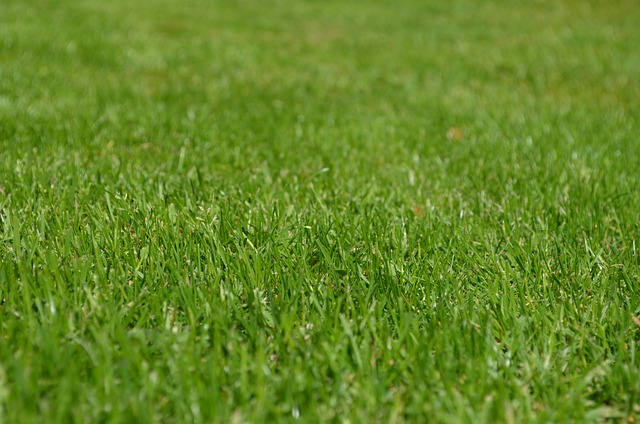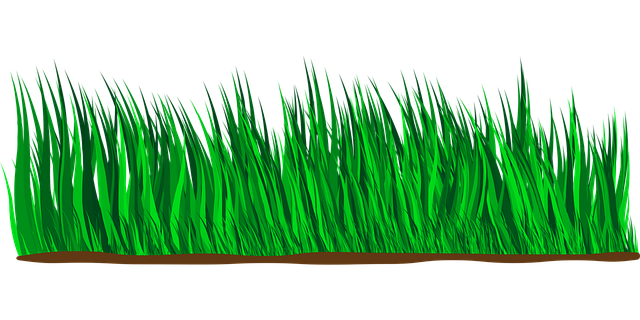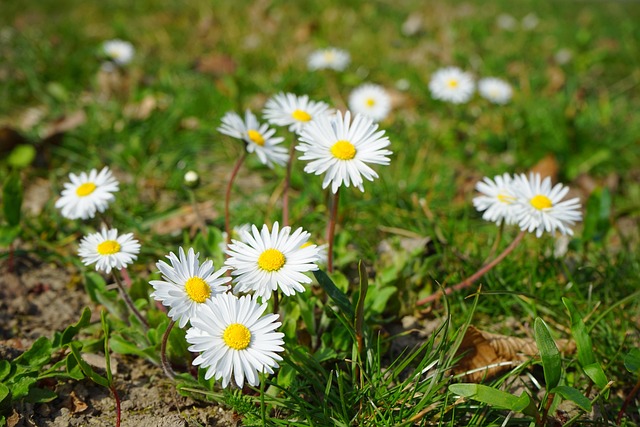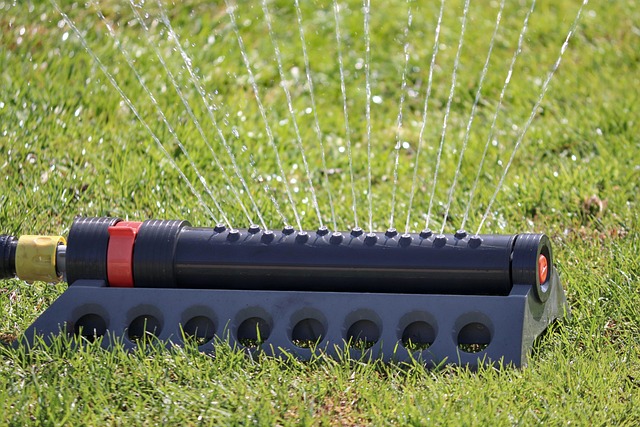Brown spots on lawns in Aurora are primarily caused by environmental factors like water imbalance (overwatering or underwatering), poor soil quality, nutrient deficiencies due to diverse climates, and pest infestations such as grubs and fungus. Effective treatment and restoration require identifying these common causes, addressing root problems with proper drainage, balanced pH levels, and adequate nutrients (nitrogen, phosphorus, potassium), and implementing strategies to prevent future issues.
In Aurora, maintaining a lush green lawn is a priority for many homeowners. However, brown spots can be a common and frustrating issue, indicating underlying problems. This article delves into the evaluation process for professional lawn care, focusing on identifying the root causes behind these unsightly patches. We explore the common causes of brown spots, from overwatering and malnutrition to diseases and pests, offering practical solutions for effective treatment. By understanding these issues, Aurora residents can transform their lawns into vibrant oases.
- Identifying Common Causes of Brown Spots
- – Overwatering and Underwatering
- – Poor Soil Quality and Nutrition Deficiencies
Identifying Common Causes of Brown Spots

Brown spots on lawns are a common issue, often caused by various environmental and cultural factors unique to each property. In Aurora, where lawn health is paramount, understanding the root causes behind these patches is crucial for effective treatment. One of the primary culprits is lack of water, especially during hot summer months; irregular watering can lead to dry, stressed grass that may turn brown and eventually die off. Additionally, heavy foot traffic, which can compact soil, deprives grass roots of essential oxygen and nutrients, resulting in patches of browning.
Another frequent cause is poor soil quality or nutrient deficiencies. Aurora’s diverse climate conditions can lead to imbalanced pH levels or depleted minerals necessary for robust grass growth. Moreover, pests like grubs or various fungus types can invade lawns, causing large-scale browning. Identifying these common causes is the first step in addressing and reversing brown spots, ensuring a lush, vibrant lawn once again.
– Overwatering and Underwatering

Many homeowners in Aurora often wonder about the mysterious brown spots appearing on their lush green lawns. These unsightly patches can be a common nuisance, but luckily, identifying the root cause is the first step towards a healthy lawn. Overwatering and underwatering are two of the primary culprits behind this issue.
Overwatering occurs when grass receives excessive moisture, often due to heavy rainfall or frequent manual irrigation. This can lead to poor drainage, causing waterlogged soils that suffocate the roots. Conversely, underwatering happens when the lawn doesn’t receive enough water, resulting in dry and brown patches. Both conditions create an environment conducive to fungi and weeds, further damaging the lawn’s overall health.
– Poor Soil Quality and Nutrition Deficiencies

Brown spots on your lawn can be a common nuisance, especially for those living in areas like Aurora where lawn care demands specific attention due to varying climates. One of the primary culprits behind these unwelcome markings is poor soil quality and nutrition deficiencies. Over time, compacted soil or a lack of essential nutrients can hinder grass growth, leading to patches of dead or struggling grass that turn brown.
In many cases, Aurora’s climate contributes to this issue as extreme temperatures and drought conditions can accelerate nutrient leaching from the soil, further exacerbating existing deficiencies. Common causes include inadequate organic matter in the soil, imbalanced pH levels, or insufficient nitrogen, phosphorus, and potassium—all vital elements for lush grass growth. Identifying these root problems is key to effective lawn restoration, ensuring your yard regains its vibrant green hue.
In Aurora, understanding the common causes of brown spots on lawns—such as overwatering or underwatering, along with poor soil quality and nutrition deficiencies—is the first step towards a lush green yard. By identifying these issues early, lawn care professionals can develop tailored solutions to ensure your lawn thrives. Remember, addressing brown spots promptly not only improves the aesthetics of your property but also promotes overall health for your lawn’s long-term sustainability.
